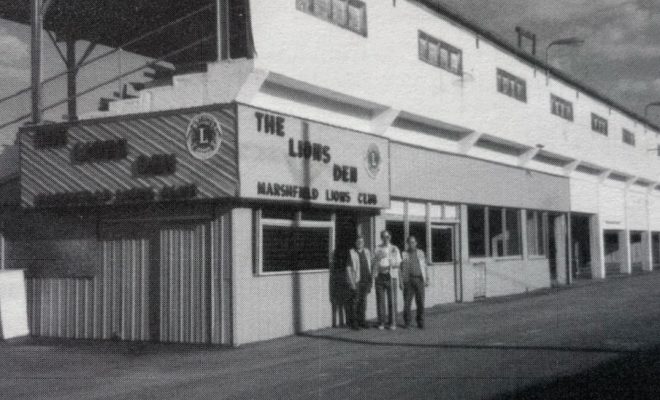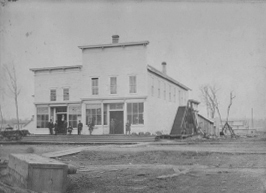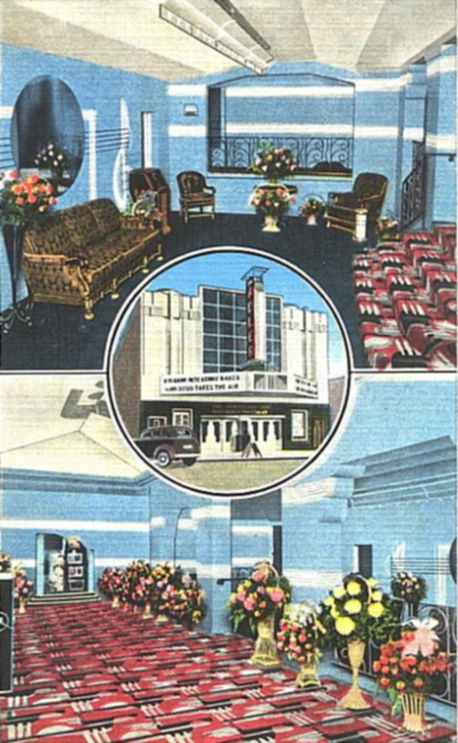We Serve: Driven to provide

By Kris Leonhardt
Part V in a series on the Marshfield Lions
In the early 1980s, the Lions became involved with the Central Wisconsin State Fair (CWSF.) As a means to raise funds, the club began selling deep-fried cheese curds in a small stand on the fairgrounds. When this proved to be a lucrative venture, the club received permission from the CWSF board to construct a booth. The booth, christened the “Lions Den,” was constructed on the north corner of the grandstand, to be a more permanent presence at the annual fair.
But, the 80s were significant for the Marshfield Lions for other reasons as well.
“Once upon a time, we were just a men’s club, and women could join the Lioness club. They no longer have Lionesses, although women can join the Lion’s Club. For a while (in between) they had their choice,” said Lion Steve McCabe.
“Around 1988, they asked the Lioness Clubs that if women wanted to join the Lions Club, they were welcome to.
“Back in those days, some of us had a little hard time accepting women into the club, because it was a men’s club for a while. We soon found that women were great workers, and they had a lot of good ideas that we men overlooked.”
Also, during this decade, Lions Tom Stram, MD, and Jerry Hagman, DDS, served on the Wisconsin Eye Bank Board of Directors and implemented a program to transport eyes for cornea transplants from St. Joseph’s Hospital, at the time, to the Lions Eye Bank Center of Wisconsin.
“Now, we just take the cornea. We used to take the whole eye. They would put it in a solution – a preservative – and we would quickly have to take it to the eye bank down in Madison,” McCabe explained.
“We don’t need to go all of the way to Madison anymore… we just go as far as Plover.
“It’s a relay. Somebody comes up from the middle of the state and picks it up. Then, they meet somebody by Portage, then they take it onto Madison.”
“And, it used to be a real rush job to get it down there,” Lion Ken Zittleman added. “You’d get calls in the middle of the night that they had eyes to go.
“They are (placed) in a container, then in Styrofoam, and then they are in a sealed box,” McCabe explained. “They are in a preservative, so they are very stable.”
“It is much improved; there is not the big rush now. Even if it (takes) a day or so to get them down there,” Zittleman said.
Continued next week






